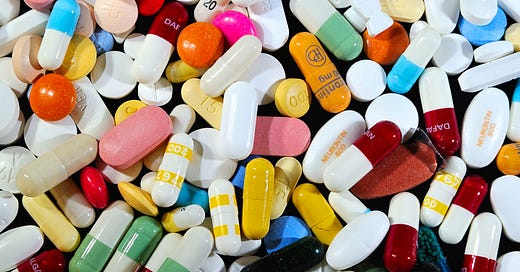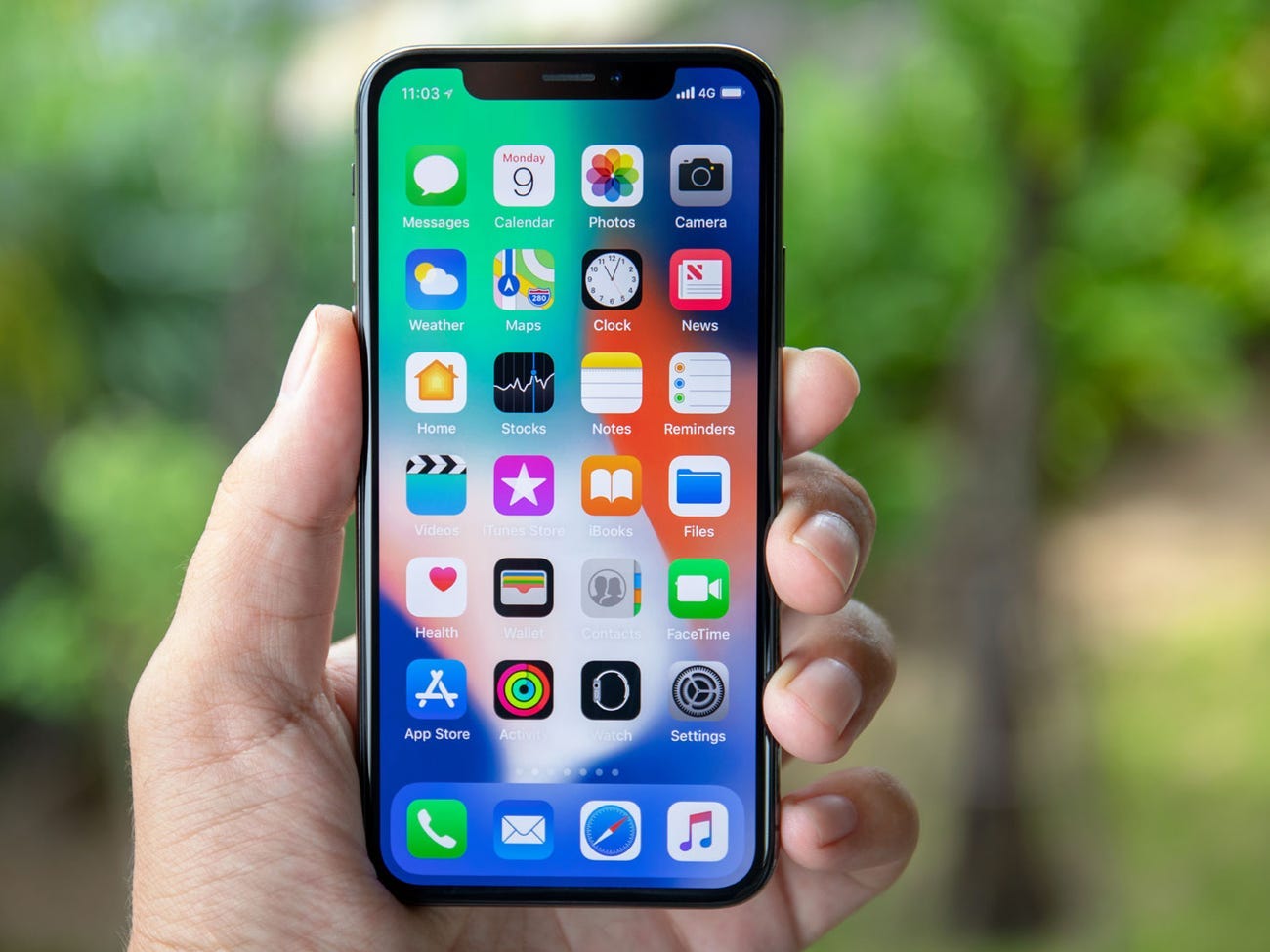The Reason We Are So Rich Is That There Are So Many of Us
Larger markets allow fixed costs to approach zero in total cost per unit.
If you like GaleWinds, please share with a friend or two:
Many products have high fixed costs and low marginal costs. It costs a lot to develop the product, but then it is cheap to make copies. Drugs and software for example. If it costs one billion dollars to develop a new drug but each copy of the new pill only costs a dollar, how much should you sell it for? The answer depends on the size of the market. If the market is one thousand people, your costs are going to be $1,000,001,000. You would have to sell each pill for $1,000,001 to break even. If your market was a million people the breakeven price would drop to $1,001. Go to a billion and the price per pill drops to $2.00. This is why new drugs are typically developed for problems lots of people have. The fixed costs must be spread across the market. This is pretty amazing when you think about it. You get a pill that cost a billion dollars to develop for $2.00, if a billion other people have the same problem.
Software is typically all fixed cost and zero marginal cost. Apple has 4.3 million apps and games in its app store. Over 4 million are free to users (with advertisers paying developers money to distract users). Of the 300,000 paid apps and games, the average price is $4.90 with games averaging $2.80 and apps at $5.50. The Google Play Store also has similar numbers.
The most popular paid app on the Apple iPhone platform is TouchRetouch, a $1.99 program that removes unwanted items from images. The German company ADVA Soft GmbH developed the program. Apple charges 30 percent so ADVA gets $1.39 for each copy sold. Buying and downloading the app takes less than one minute. Putting your app on the iPhone App Store gives you access to over one billion active iPhone users. Say it costs ADVA $200,000 to develop their app. They would have to sell 143,884 copies to breakeven. After that, it’s all profit. If they could sell 300,000 copies, their profit would be $217,000, go to a million users and profit would be $1,190,000. Nice.
Adam Smith understood this back in 1776. If you want to get rich, have lots of people you can sell to. Large markets also allow people to develop their skills and specialize in such things as drug and software development. The bigger the population and the more we specialize, the more variety and lower costs we enjoy from one another.
Excerpt from our forthcoming book, Superabundance.
Gale Pooley is a Senior Fellow at the Discovery Institute and a board member at Human Progress





